This 3D model of Death Star I consists of files in StereoLithography (.Stl) format that is optimized for 3D printing.
Before printing the files, we strongly recommend reading the PRINTING DETAILS section.
WHAT WILL YOU GET AFTER PURCHASE?
- 2 versions of Death Star I STL files for FFF/FDM and DLP/SLA - files for all versions are available for download after the purchase;
- STL files of high-poly Death Star I Model for 3D printing consist of 79 files;
- Sizes for:
- FFF/FDM: 301 mm tall, 301 mm wide, 301 mm deep;
- FFF/FDM on a stand: 444 mm tall, 301 mm wide, 301 mm deep;
- DLP/SLA: 150 mm tall, 150 mm wide, 150 mm deep;
- DLP/SLA on a stand: 222 mm tall, 150 mm wide, 150 mm deep;
- Assembly Manual for FFF/FDM 1.0 and DLP/SLA 1.0 versions in PDF and video formats;
- Detailed settings that we provide as a recommendation for Cura, Bambu Studio, Simplify3D, Slic3r and PrusaSlicer for the best print;
- Full technical support from the Gambody Support Team.
Detailed information about this 3D printing model is available in the DESCRIPTION section.
ABOUT THIS 3D MODEL
Death Star I is known as a primary weapon of the Empire as its scale and technical specifications are simply unrepeatable - the battlestation has a sphere the size of a Class-IV moon and it is equipped with a superlaser which has the potential of planetary destruction. The armaments and defensive systems of DS-I include countless lasers, turbolasers, cannons, blasters, and railguns, its engine units include two massive sublight engines in the midsection and a formidable hyperdrive system and there is around 1.7 million Imperial personnel aboard the battlestation.
The design of Death Star I created by our contributing 3D artist very closely repeats its original schematics: the battle station has the shape of a moon, consists of two hemispheres with a long equatorial trench in the middle, and has a large superlaser focus lens located in the northern hemisphere. The design of the outer hull is made with great precision following the original battlestation’s appearance and there is a surprise waiting for you under the removable cover - the author showed the interior of DS-1 and depicted the internal plasma core together with the main power generator, power cells, ion drive reactors, and atmosphere processing unit, among others. Just imagine how great and exquisite it will look in your collection of Star Wars collectibles and how enjoyable the printing process will be - this model has it all to meet your expectations!
ADAPTATION FOR 3D PRINTING
The Death Star I model for 3D printing is a static assembly model and its moderation and adaptation for different types of 3D printers took the Gambody team 106 hours in total.
For you to receive the cleanest 3D printing result possible, minimize the amount of filament needed for generated support, and make use of the active elements designed by Gambody Engineers, the space station was divided into convenient assembly parts.
All assembly parts in the FFF/FDM 1.0 version are provided in STL files in recommended positions that were worked out in order to ensure the smoothness of the details’ surfaces after printing and that the 3D printing beginners won’t face difficulties when placing the parts on a build plate. When downloading any model’s file you will also receive “Assembly Manual” for FFF/FDM 1.0 and DLP/SLA 1.0 versions in PDF and video formats. We highly recommend that you get acquainted with the “Assembly Video” and “Assembly Manual” before getting down to the Death Star I 3D printing model.
The model is saved in STL files, a format supported by most 3D printers. All STL files for 3D printing have been checked in Netfabb and no errors were shown.
The model’s scale was calculated from the length of the height of Death Star I. The 3D printing model’s chosen scales are 1:400000 for the FFF/FDM version and 1:800000 for the DLP/SLA version.
VERSIONS’ SPECIFICATIONS
FFF/FDM 1.0 version features:
- Contains 46 parts;
- A printed model is 301 mm tall, 301 mm wide, 301 mm deep;
- A printed model on the stand is 444 mm tall, 301 mm wide, 301 mm deep;
- Removable cover to access the interior part;
- There are tunnels for LED wiring to light-up the core, the superlaser and windows;
- All parts are divided in such a way that you will print them with the smallest number of support structures.
DLP/SLA 1.0 version features:
- Contains 33 parts;
- A printed model is 150 mm tall, 150 mm wide, 150 mm deep;
- A printed model on the stand is 222 mm tall, 150 mm wide, 150 mm deep;
- Removable cover to access the interior part;
- There are tunnels for LED wiring to light-up the core, the superlaser and windows;
- All parts are divided in such a way to fit the build plates and to ensure that support structures are generated where needed.
You can get the Death Star I model for 3D printing immediately after the purchase! Just click the green Buy button in the top-right corner of the model’s page. You can pay with PayPal or your credit card.
Watch the tutorial on how to assemble a Death Star I 3D Printing Model on Gambody YouTube channel.
Also, you may like the Death Star II 3D Printing Model and other Star Wars 3D Printing Models.
________
FAQ:
Generic
Below you can find printing recommendations for Cura, Bambu Lab, Simplify3D, Slic3r and PrusaSlicer software.
Disclaimer: The following printing settings are a recommendation, not an obligation. The parameters can vary depending on the peculiarities of your 3D printer, the material you use, and especially the particular assembly part you are working with. Each part that any model comprises often needs preliminary review, and you are free to tweak the settings the way you find suitable.
Note:
You can scale up the model (downscaling for FFF/FDM 3D printers is not recommended!);
All connectors should be printed at 100% Infill.
Bambu Lab printing recommendations:
These basic 3D printing settings recommendations for beginners were tested in Bambu Studio 1.9.1. Test models were printed on the Bambu Lab A1, Bambu Lab A1 Mini, Creality Ender 3 S1, Anycubic Kobra 2, and Anycubic Vyper using PLA and PETG filaments.
To avoid printing problems, we recommend the following settings: download
Cura printing recommendations:
These are averaged settings which were tested in the Cura 5.2.1 slicer. Test models were printed on Anycubic Vyper, Creality Ender 3 Pro with PLA filament.
To avoid printing problems, we recommend the following settings: download
Simplify3D printing recommendations:
These are averaged settings which were tested in the Simplify3D 5.0.0 slicer. Test models were printed on Anycubic Vyper, FLSUN v400, Ender3 S1 with PLA filament.
To avoid printing problems, we recommend the following settings: download
Slic3r printing recommendations:
These basic 3D printing settings recommendations for beginners were tested in Slic3r 1.3.0 software. Test models were printed on Ultimaker 2, Creality Ender 3, Creality Cr-10S pro v2, Anycubic I3 Mega, Anycubic I3 MegaS, Anycubic Vyper with PLA and PetG filaments.
To avoid printing problems, we recommend the following settings: download
PrusaSlicer printing recommendations:
These basic 3D printing settings recommendations for beginners were tested in PrusaSlicer 2.3.1. Test models were printed on Ultimaker 2, Creality Ender 3, Creality Cr-10S pro v2, Anycubic I3 Mega, Anycubic I3 MegaS, Anycubic Vyper with PLA and PETG filaments.
To avoid printing problems, we recommend the following settings: download

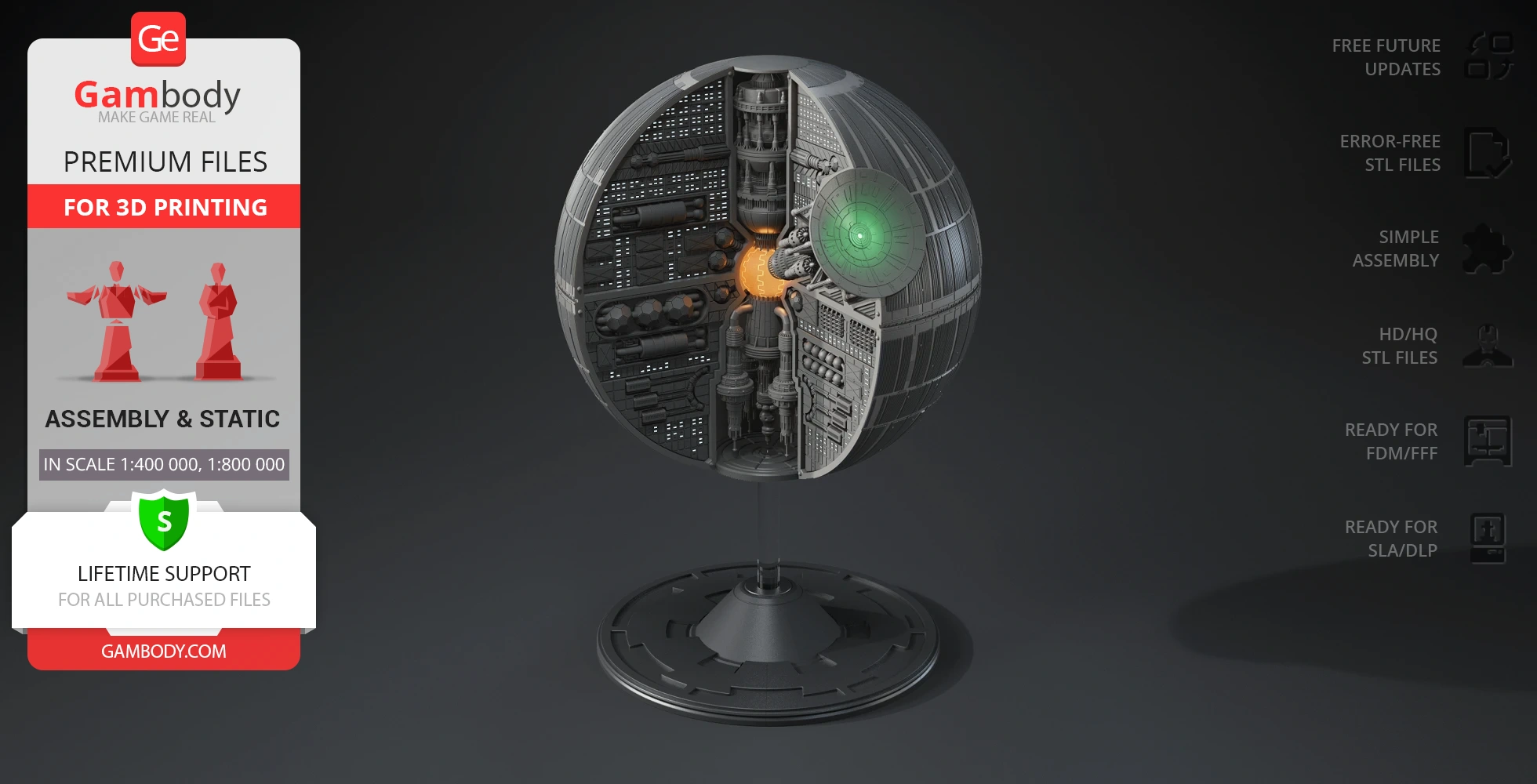



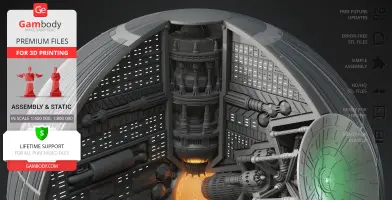



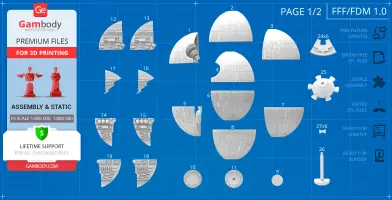



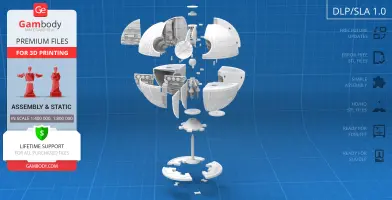



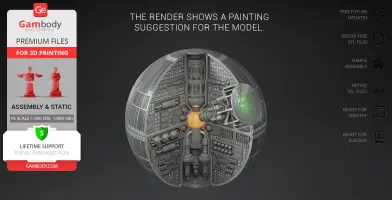

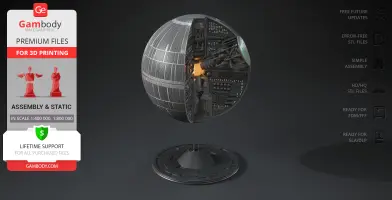
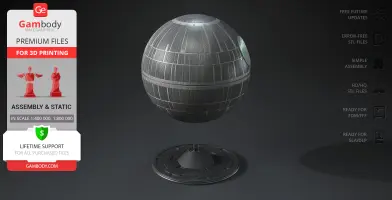





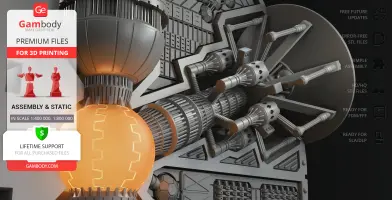
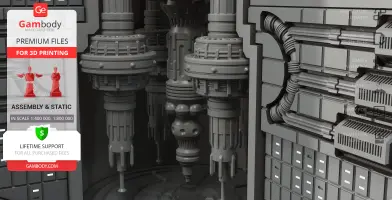
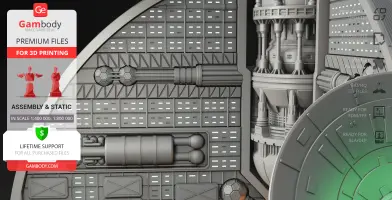




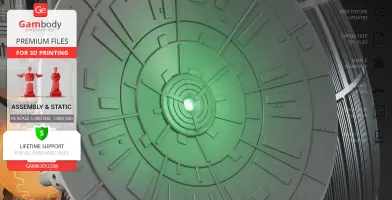
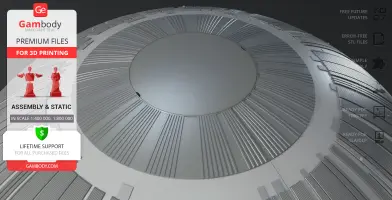





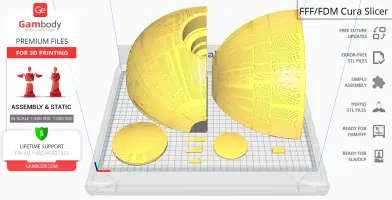




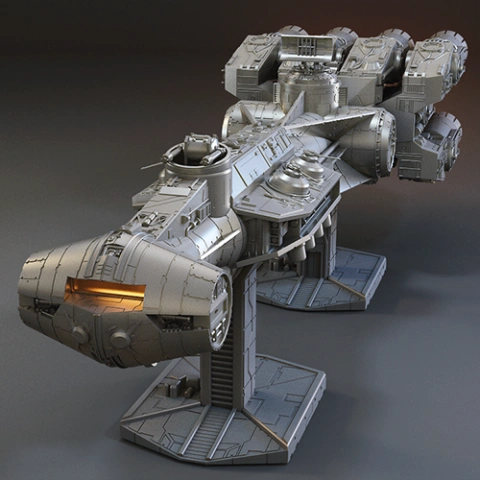
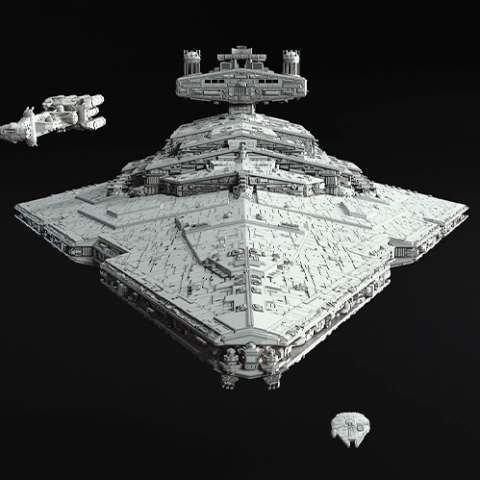
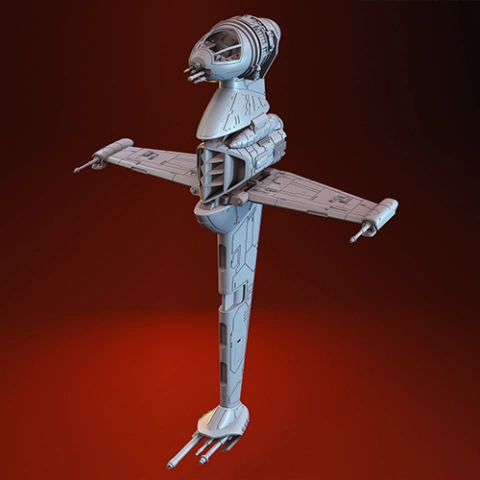
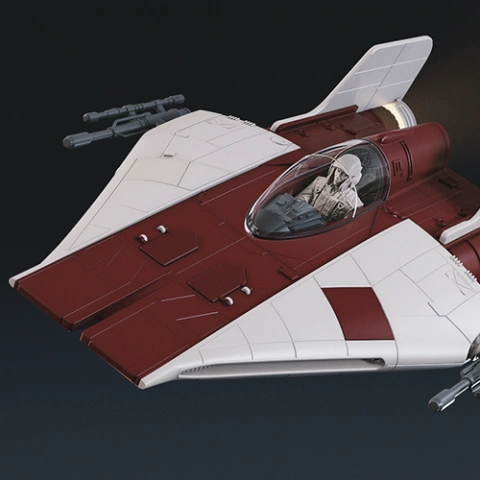
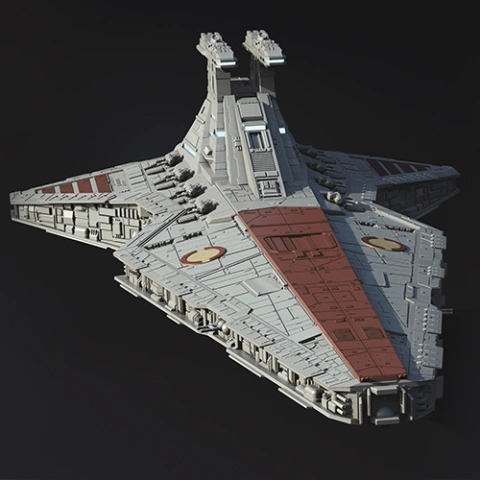

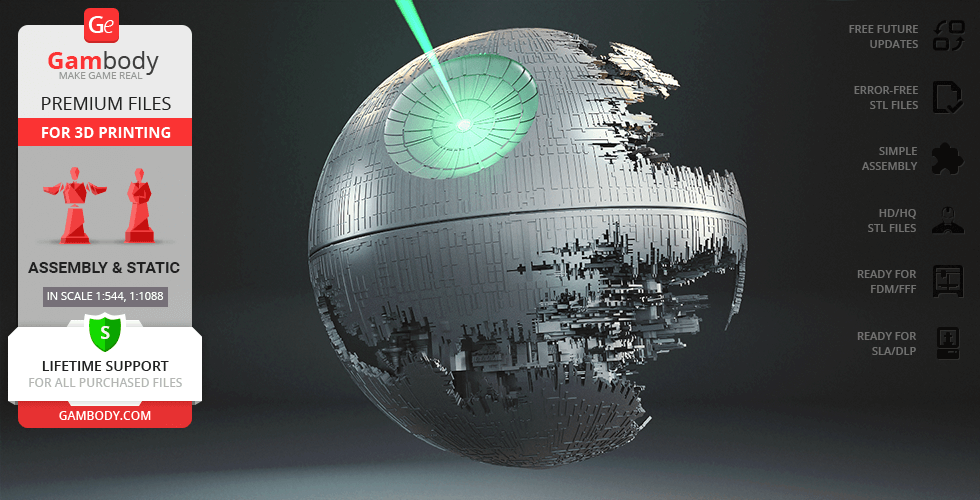
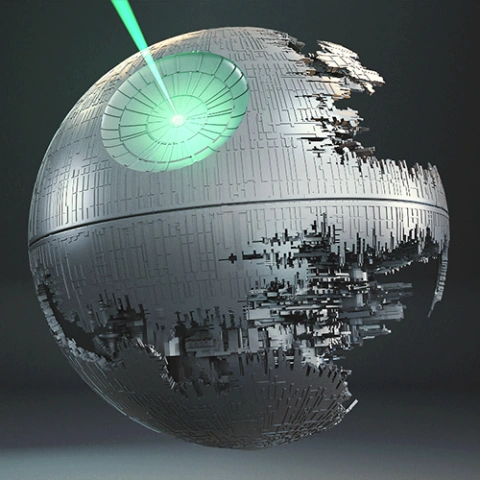
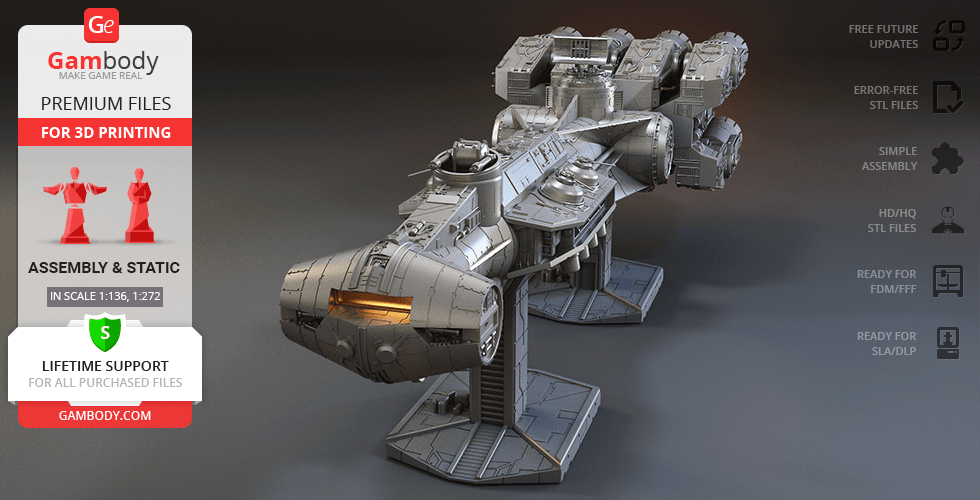
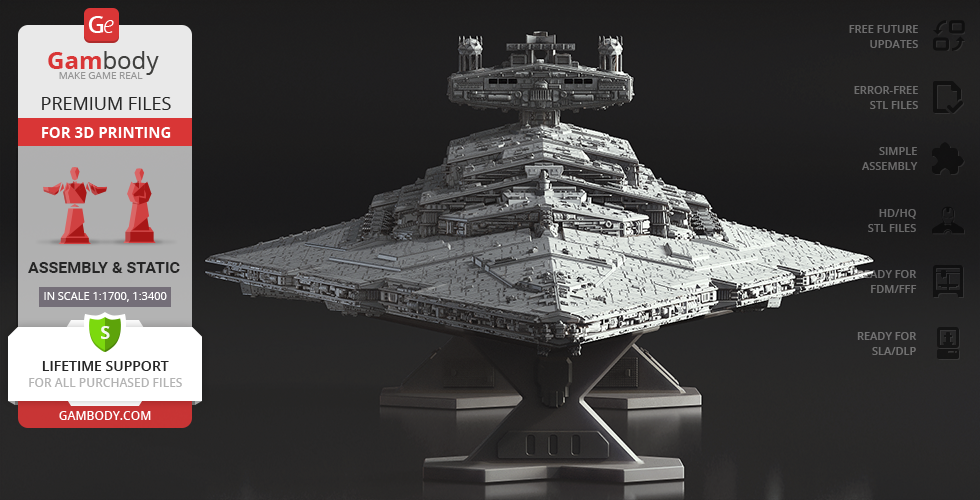
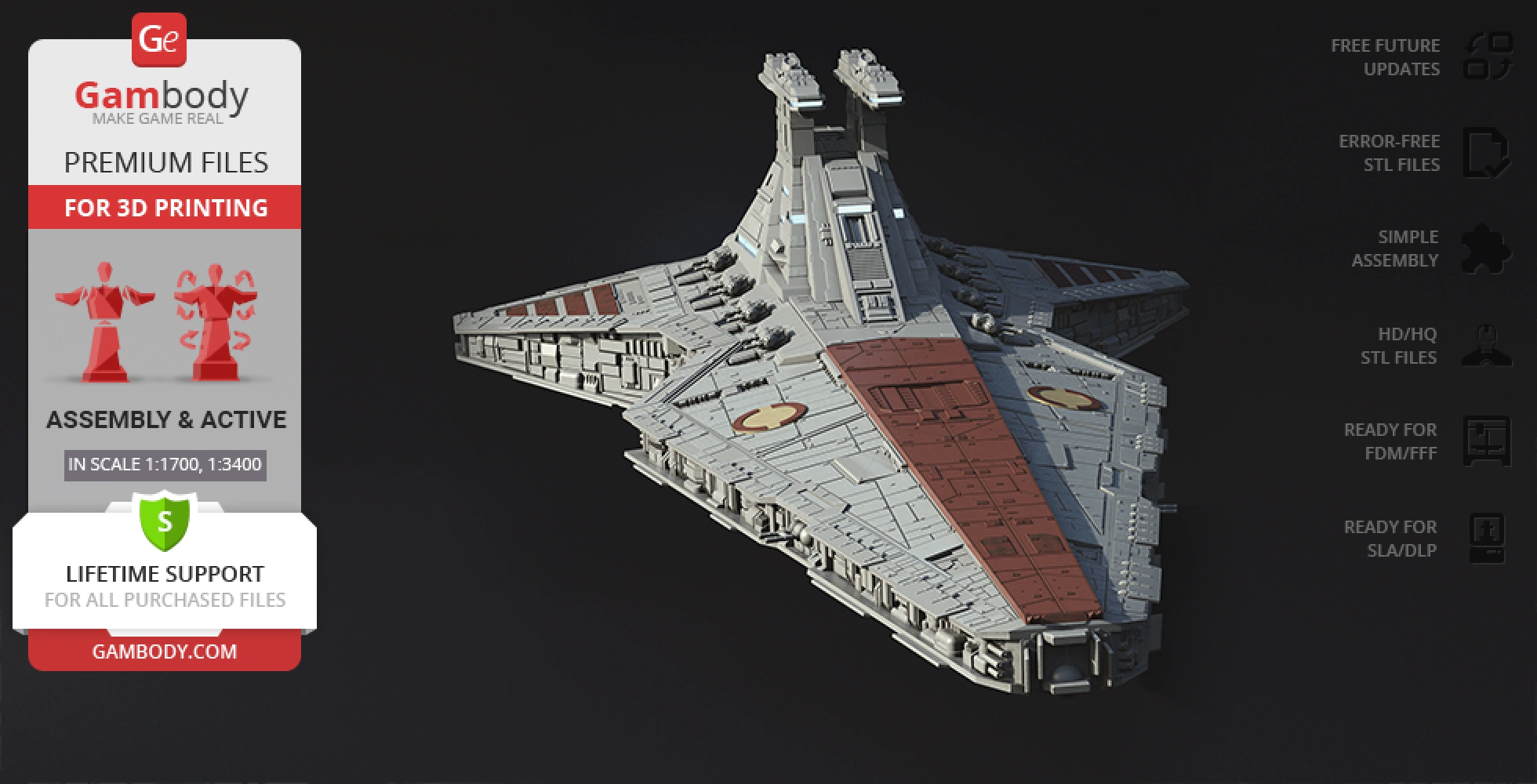
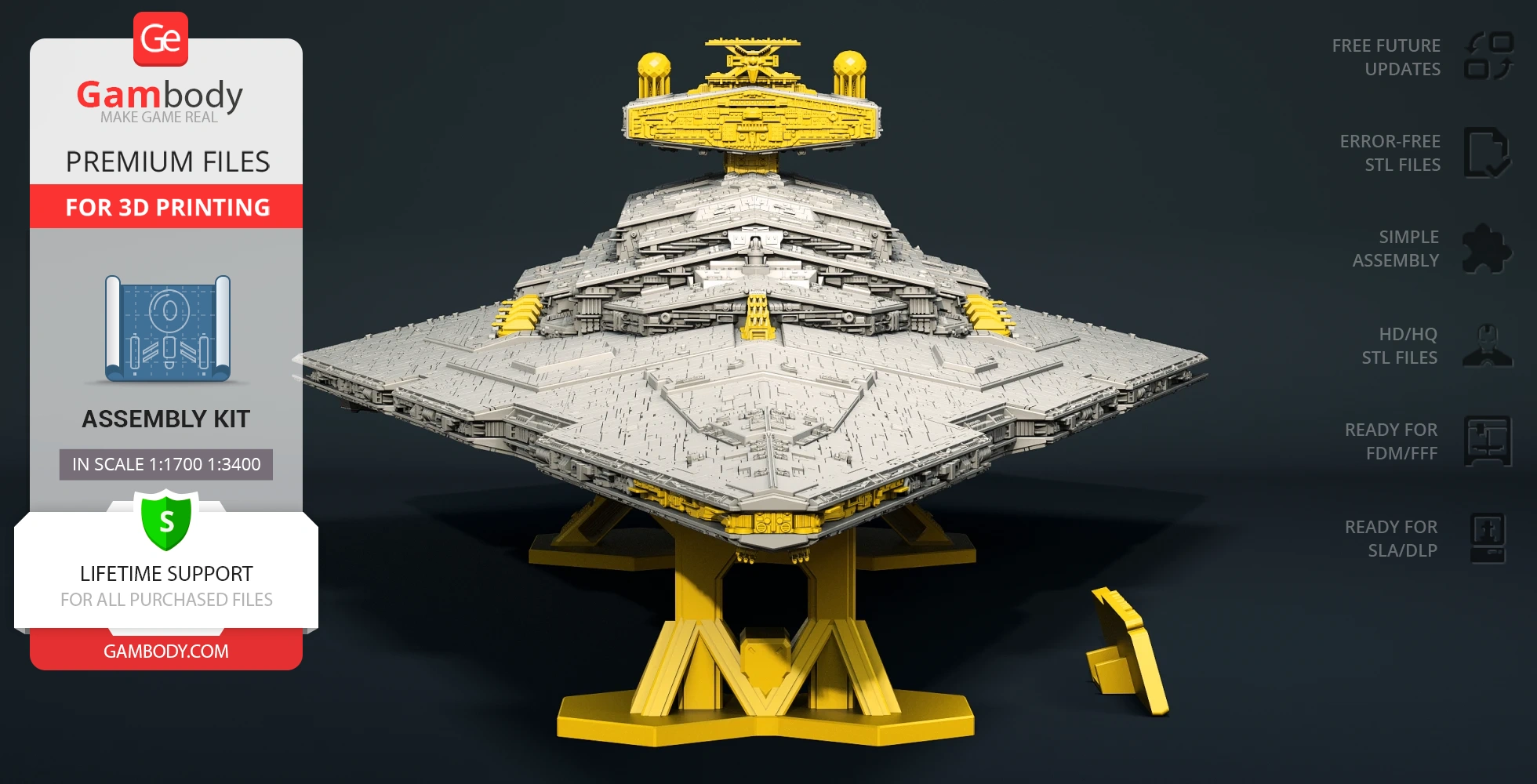
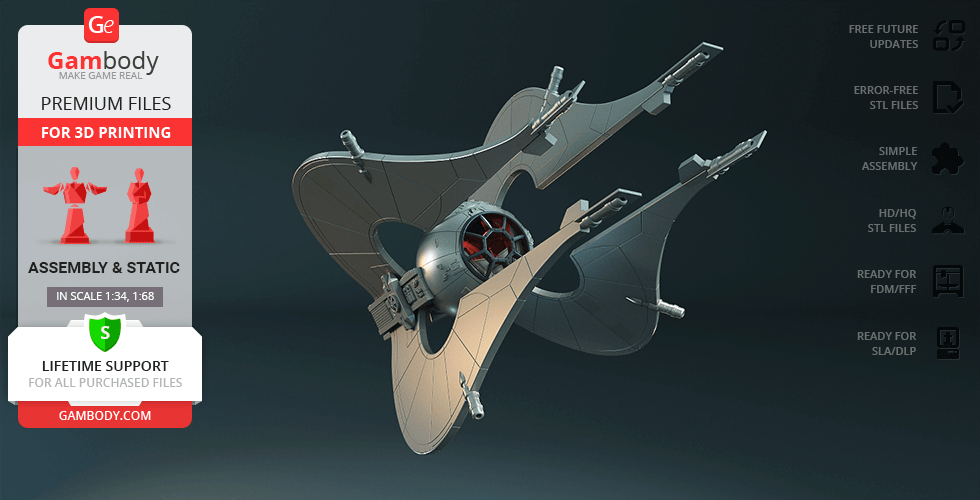
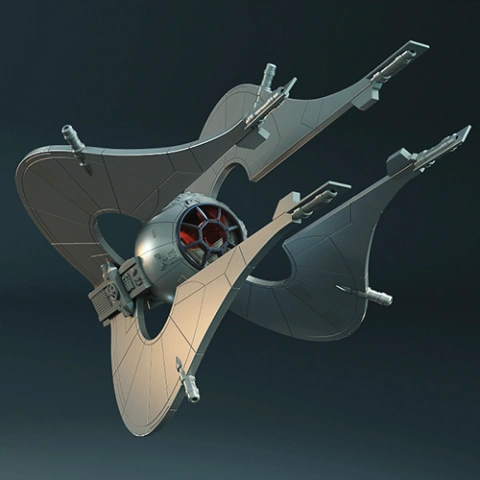
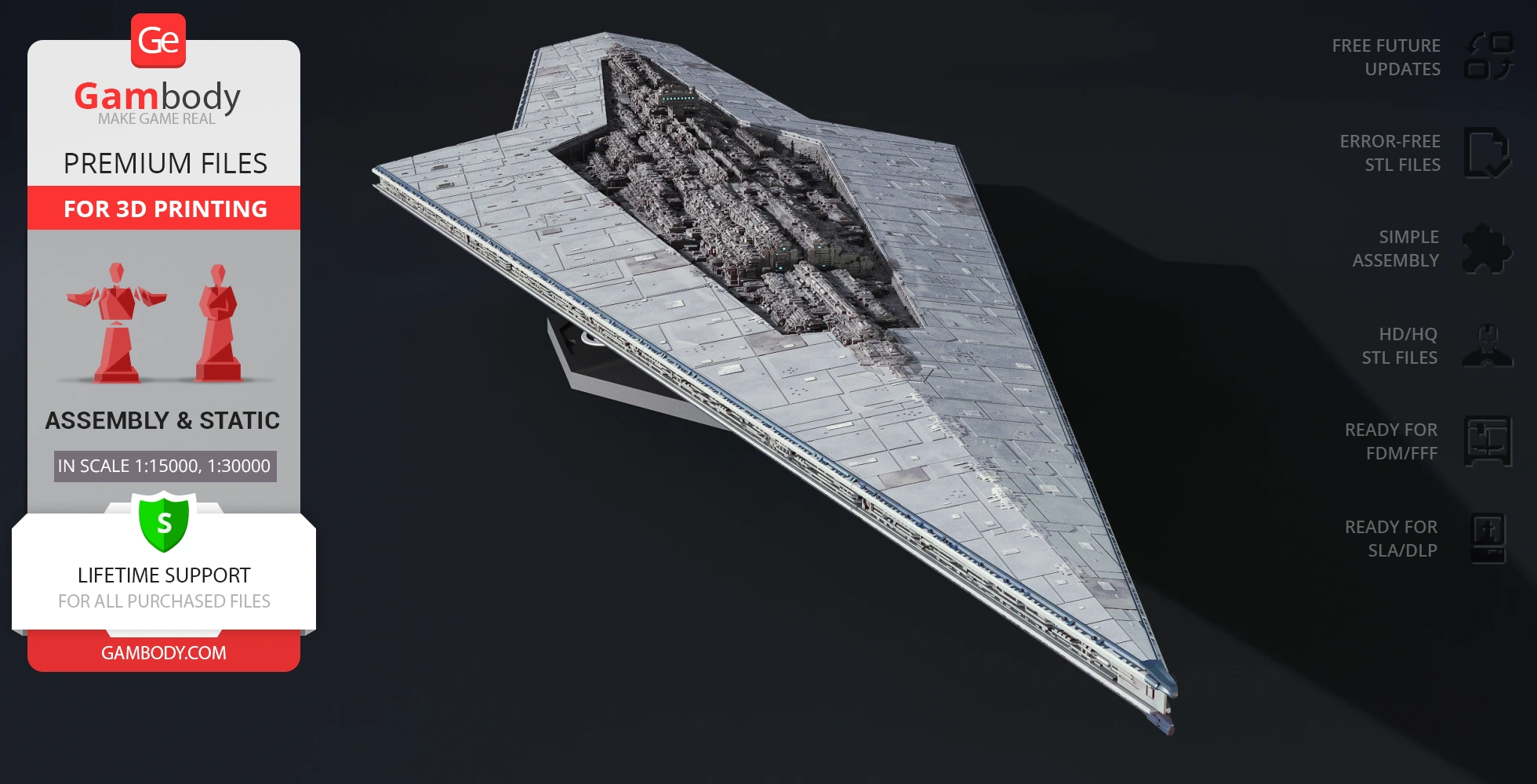
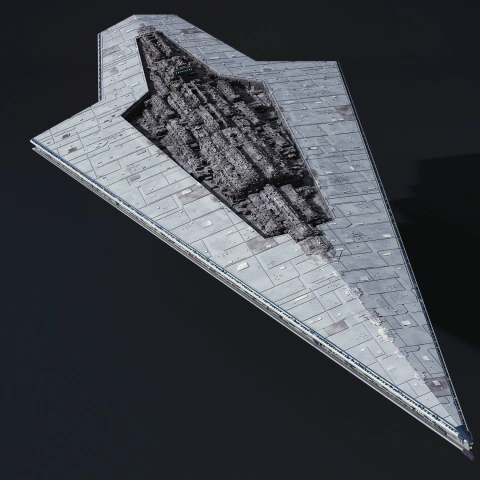
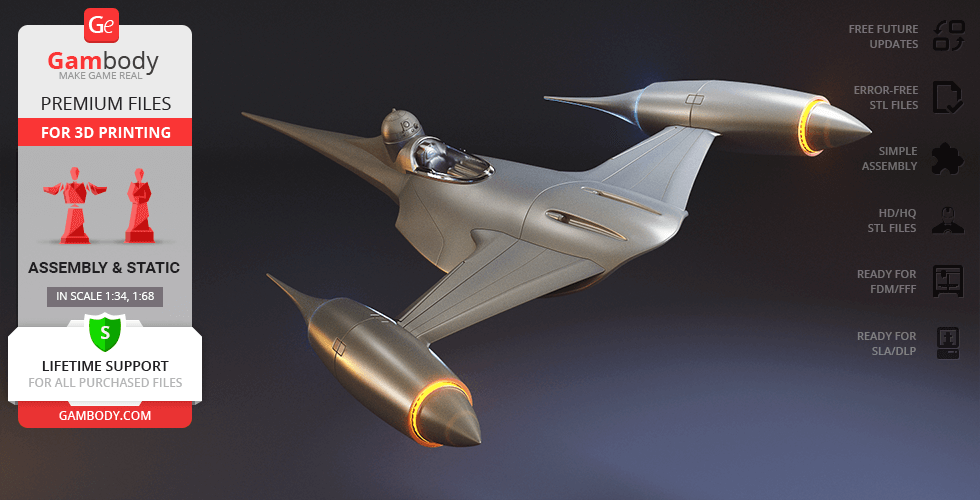
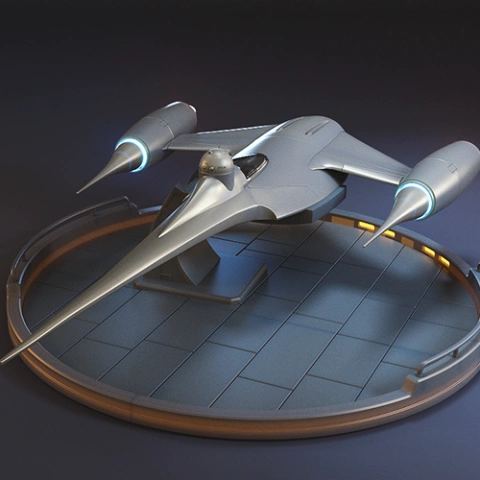
Comments